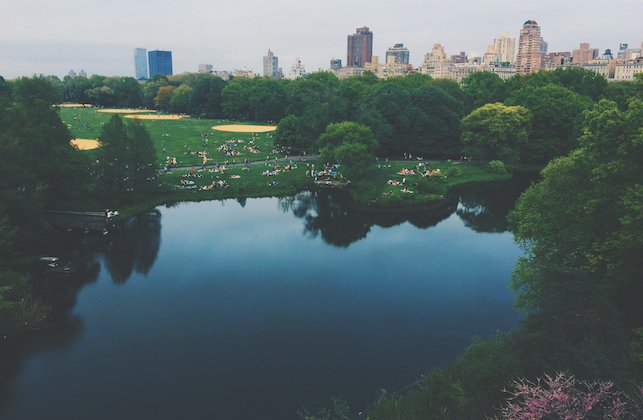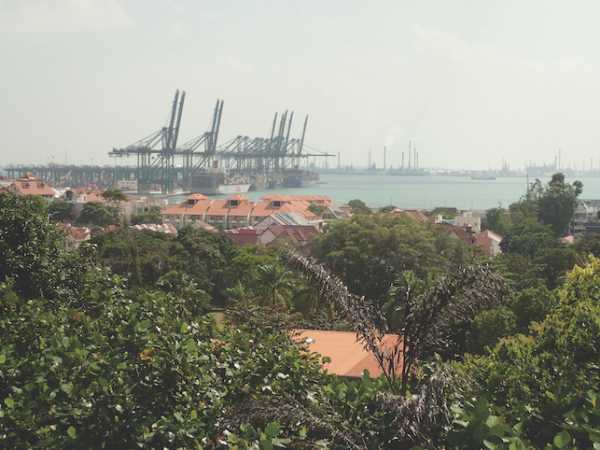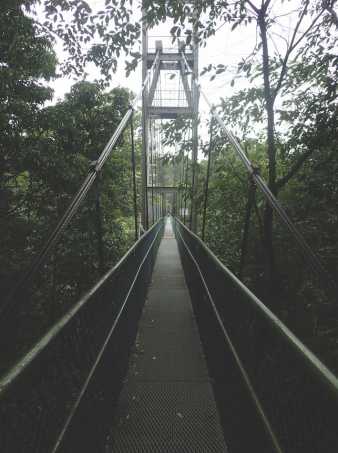Ecosystem Services in Urban Landscapes

Understanding how we can better design urban green spaces to provide ecosystem services to people
Green spaces such as parks and gardens, and urban river networks, provide cities with a number of benefits which are known as ‘ecosystem services’. These ecosystem services include reducing flood risk, cooling urban areas, and providing spaces for recreation.
Most research on urban ecosystem services has been conducted in temperate Europe and North America, but we know relatively little about how tropical urban areas can be designed to enhance ecosystem service provision. Tropical areas, particularly Southeast Asia, are rapidly becoming more urban, with cities growing larger and people living in higher densities. It is therefore important to better understand how rivers and green spaces can contribute to enhancing the sustainability of such cities.
The main aim of this project is to find ways of incorporating knowledge about tropical urban ecosystem services into design, both at a local scale and across larger city landscapes. We will quantify the role of individual plants and land use types in providing benefits at these different spatial scales, and in particular will focus on the role that vegetation plays in mitigating the urban heat island effect.
Trees provide shade and can cool the air to provide a more comfortable thermal environment, and this effect can be measured for each individual tree. Infrared imagery and remote sensing can be used to measure the cooling effect of larger green spaces, and this cooling effect can be modelled across entire city landscapes.
In addition to quantifying ecosystem service provision in existing landscapes, experimental studies will provide a proof of concept for maximising service provision in future developments. Measurements of ecosystem service provision and the knowledge gained from such experiments will be used to develop models that link desired future designs to ecosystem service functioning. Such models will facilitate a 3D GIS-based collaborative platform to help design urban green spaces that provide desirable levels of ecosystem services.
Ecosystem Services in Urban Landscapes
 Tropical cities are mosaics of industrial, residential, and semi-natural land uses
Image: David Chandler, 2015
Tropical cities are mosaics of industrial, residential, and semi-natural land uses
Image: David Chandler, 2015 The forest patches that remain in tropical cities can be used to capture water and provide opportunities for recreation and education
Image: David Chandler, 2015
The forest patches that remain in tropical cities can be used to capture water and provide opportunities for recreation and education
Image: David Chandler, 2015